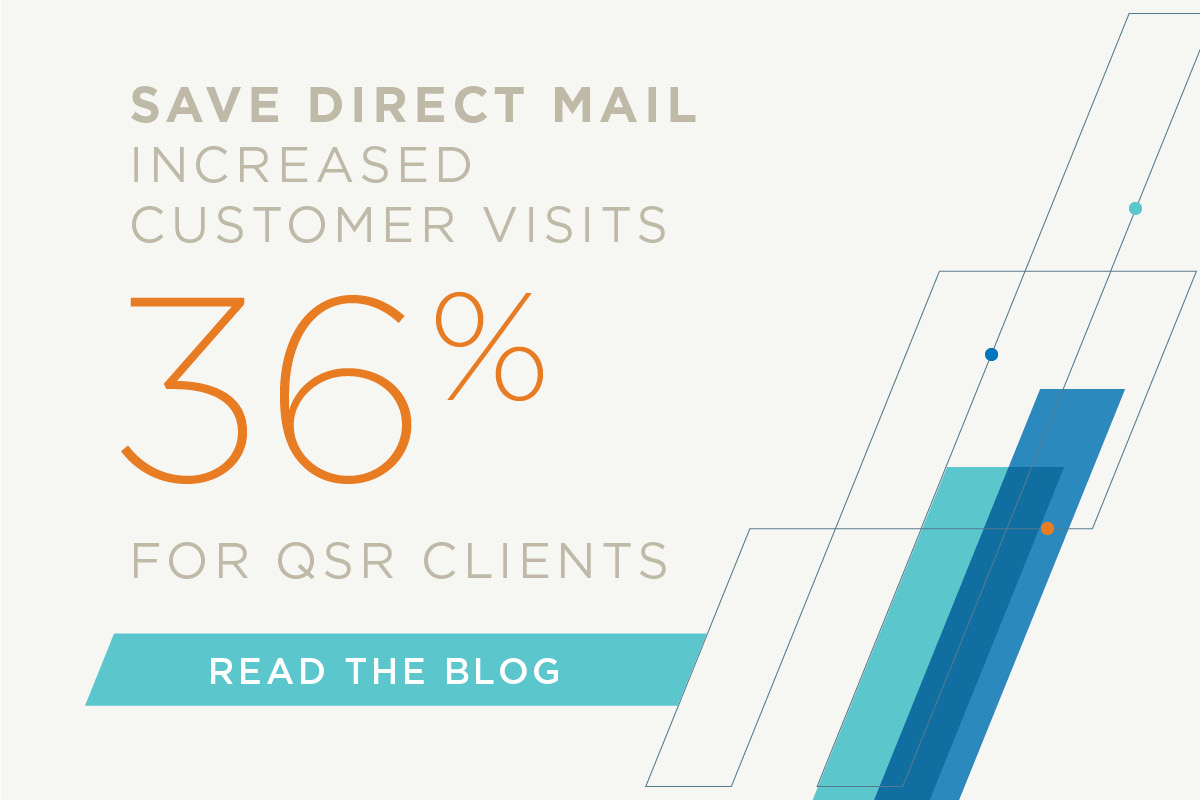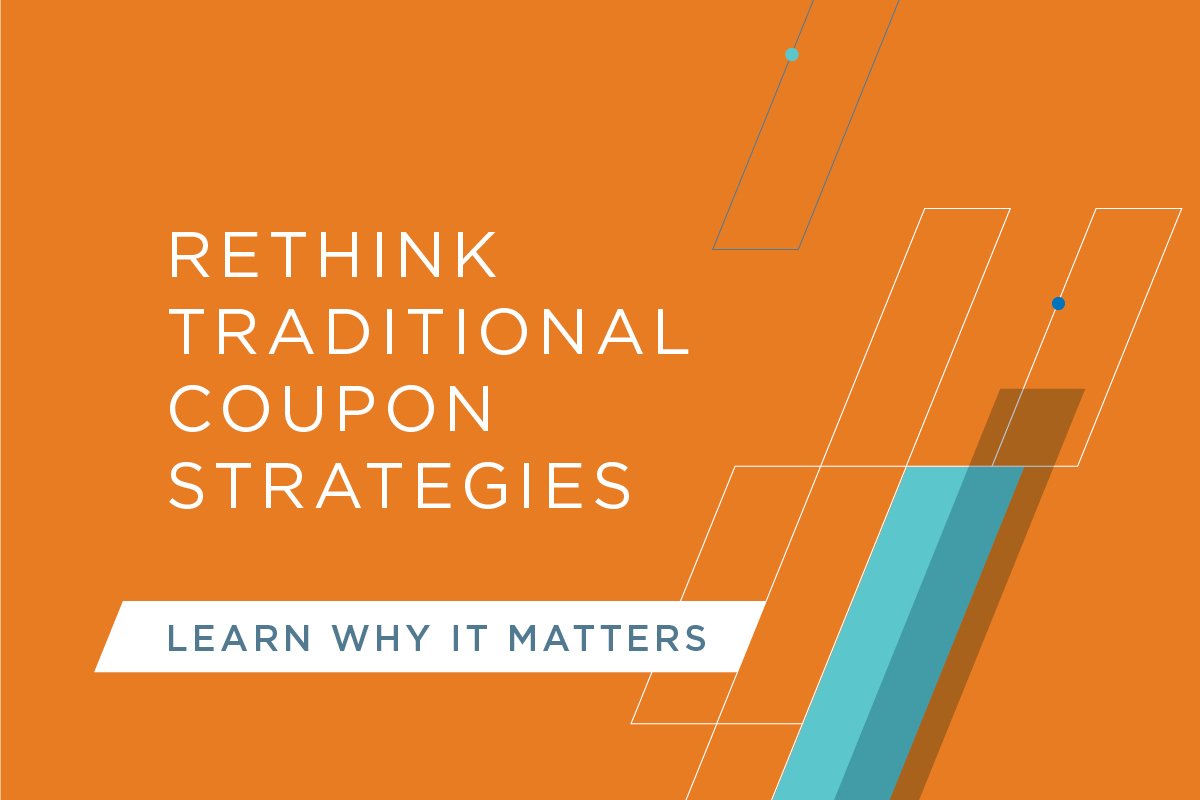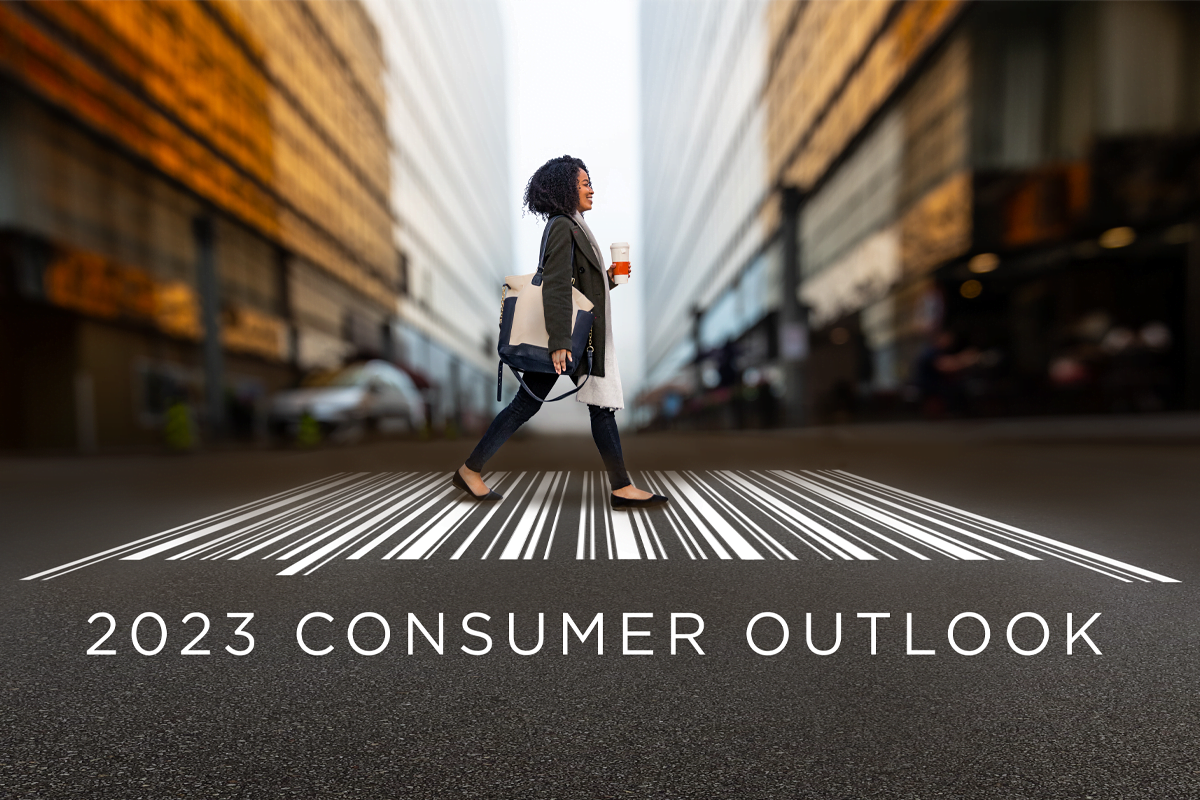Summary
- As inflation continues to push costs and prices up, the risk of dampening consumer demand also rises.
- Diners and shoppers need and expect incentives to keep them loyal and engaged.
- Marketers must find creative ways to communicate to consumers to stay top of mind, especially during economically difficult times.
Inflation has hit consumers hard. For businesses such as restaurants, retailers and grocers, costs have gone up. And consumers are cautious about their discretionary spending. Yet, marketers have a powerful tool that gets even stronger in inflationary times: deals and incentives.
People are looking for deals and will reward those companies that offer them with spending and loyalty. They are willing to spend if deals offset higher prices. And they are finding many of these offers at home — in their mailbox.
According to research from Vericast, brands that use direct mail to promote their business experienced a significant return on investment (ROI) even during difficult economic times. The results may surprise you, but we have seen that for the last several months. The results may surprise you, but we have seen that direct mail has been on a hot streak for the last several months.
The tipping point problem
The Consumer Price Index jumped 7% in December 2021, hitting a four-decade high. Businesses have no choice but to raise their prices. For consumers, the need to save money has amplified as it has become more expensive for them to spend on anything, including necessities. People are more likely to choose cheaper options like cooking at home or buying store brands.
The impact of inflation on businesses and consumers presents significant challenges for marketers. Cutting back on marketing spending can backfire as you risk being out of sight, out of mind for your market. Passing on higher costs to your customers could drive them to your competitors.
Staying top of mind when consumers are buying less
Marketers are under pressure to cut costs and prove short-term returns on their marketing budget. However, it is folly to stop advertising even during the pandemic. When brands stop advertising for a year, sales drop 16% on average. After two years, sales fall by a quarter. After five years, sales are down 58%. Not advertising drives brands toward a downward sales trajectory. And small brands usually suffer greater declines than bigger brands.
Even worse, getting back on track requires a lot more effort. It takes up to five years of consistent brand-building campaigns to recover from extended periods of staying quiet in media advertising.
Maintaining or even increasing your marketing spend even in a downturn makes more business sense. The landmark Laboratory of Advertising Performance Report from McGraw-Hill Research analyzed 600 companies and discovered that those that continued to advertise during the 1981–1982 recession enjoyed a 256% growth by 1985 over their competitors that cut their spending. Subsequent studies have supported this finding.
Brands grow when share of voice is larger than share of market. Think of it as an investment in both short-term gains on long-term value rather than an expense. And that investment will pay off by keeping your brand top of mind, contributing to long-term growth and loyalty.
Maintaining engagement by satisfying the demand for deals
Shoppers are more cost-conscious and value-seeking than ever before. Our Deals & Coupons Report shows that 60% of consumers are looking for more coupons, discounts and deals to offset higher prices. Forty percent feel more positively toward a brand or store that offers a coupon or discount. The same percentage of consumers feel more satisfied if they use one. In fact, they get excited when they land a good deal and are more likely to make a repeat purchase.
Restaurant diners love a good deal. In our recent Restaurant Report, we found out that over half of consumers will try a new restaurant if they receive a coupon or discount. Discounts and promotions can influence their decision on where to dine. They can even spark impulse buying, like ordering pizza. And 45% feel more positively toward restaurants that offer coupons or discounts.
Offering deals is a much better choice for marketers than cutting back on advertising or hiking prices permanently. Giving out coupons or discounts – and promoting them – engages consumers, giving them options and making it easy to choose you over your competitors that are not doing this. When things go back to normal and consumers are more willing to spend, they will have you top of mind. This can increase customer loyalty.
An omnichannel approach to delivering deals
It may be easy to assume that consumers prefer getting coupons and discounts through their phones. And while that is true for some, many shoppers also use paper coupons from print sources. Many consumers use both digital and print coupons.
As such, you should meet the consumers’ need to get a good deal using an omnichannel approach. This allows you to connect with your customers whenever they’re ready and wherever they are. An omnichannel approach surrounds them with your message, breaks through the noise, and helps your brand stand out in an environment where they will be more likely to hear and respond.
The value of direct mail
Print marketing should be part of your omnichannel strategy. This channel includes ads and offers in the mail or the newspaper. It comes in various forms, such as free-standing inserts, coupon books, checkout coupons, run-of-press newspaper ads, postcards, solo mail, and shared mail.
It is easy to dismiss direct mail and other methods of print marketing as old-fashioned, tedious, expensive, or appealing only to older consumers. Yet, these tactics are economical and effective ways to maintain awareness and offer direct incentives – especially when given in conjunction with a branded app or other digital marketing tactics.
For one, the mailbox is not saturated compared to your email inbox or social media feed. People are more open to receiving mail, with almost a third expressing excitement over daily mail. More than three-fourths check printed circulars to compare prices. When you work with the right partner, you can manage your costs better, personalize your messages and achieve ROI faster.
Convincing results
The best of both worlds — you get your ads in the mailbox while being very efficiently delivered. Our research proves superior results with our Save Direct Mail package. By delivering a value message with incentives in the package, brands can customize offers and deliver ads at a targeted, neighborhood level.
Quick-service restaurant (QSR) clients using Save Direct Mail had a 36% visit lift compared to control locations. They earned over $5.50 return on investment for every dollar spent on the campaign. Grocery clients who used the direct mail package saw more sales, more trips per shopper and wider household reach compared to those grocers who did not use this tactic.
Embracing print as a powerful tool
The lesson is not to overlook the power of print. Including direct mail as part of your marketing efforts is a highly effective step toward reaching your market and driving sales to cost-conscious and deal-driven consumers in an inflationary environment.
Learn more about the consumer’s mindset by checking out our 2022 Consumer Outlook.
Matthew Tilley is executive director of marketing for Vericast and leads content marketing for the company. He has more than 20 years of experience in digital advertising and consumer promotions to develop, communicate and distribute ideas to make modern marketers more effective.



